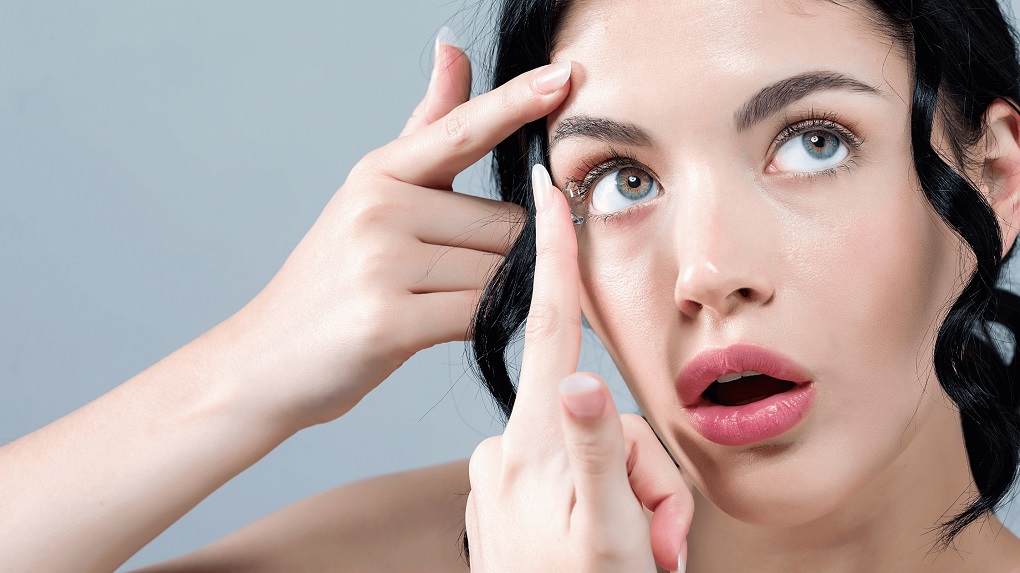Ortho-K lenses, or orthokeratology lenses, are gaining popularity in Singapore as a non-surgical alternative for correcting vision. These lenses reshape the cornea, enabling individuals to have clear vision throughout the day without relying on glasses or contact lenses.
If you wish to use ortho-k lenses, here is what you can anticipate during your fitting session.
Initial Consultation
The process begins with an initial consultation. During this appointment, your optometrist will conduct an eye examination to determine if you are a suitable candidate for ortho-k lenses. This examination typically includes:
- Visual Acuity Test: This test assesses your current vision and any refractive errors.
- Corneal Topography: This process entails having a detailed mapping of the surface curvature of your cornea.
- Tear Film Evaluation: This process ensures your eyes produce enough tears to support contact lens wear.
- Pupil and Iris Measurement: This procedure helps design the lenses to fit your eyes properly.
Custom Lens Design
If you are deemed suitable for ortho-k lenses, the next step involves designing customised lenses based on the data collected during your initial consultation. This customisation is necessary because the lenses must fit accordingly to reshape your cornea. The contact lens company in Singapore will send your measurements to the lens manufacturer, who will then create lenses tailored to your eyes.
Trial Lens Fitting
Once your custom ortho-k lenses arrive, you will return to the clinic for a trial fitting. During this visit:
- Lens Insertion: The optometrist will insert the ortho-k lenses and ensure they fit correctly.
- Fit Assessment: Using a biomicroscope, the optometrist will also check the lenses on your eyes to ensure they are aligned and comfortable to wear.
- Initial Comfort Check: Finally, you will be asked to wear the lenses for a short period to assess initial comfort and any immediate issues.
Instruction on Lens Care
Proper care and handling of ortho-k lenses are necessary to maintain eye health and lens usefulness. The optometrist will provide instructions on:
- Cleaning and Disinfecting: How to clean and store your lenses using appropriate solutions.
- Inserting and Removing: Techniques for safely inserting and removing the lenses without damaging them or injuring your eyes.
- Handling Precautions: Tips to avoid contaminating the lenses and reducing the risk of infection.
Overnight Trial and Follow-Up
After the trial fitting and instruction session, you will take your ortho-k lenses home for an overnight trial. Here’s what you should expect:
- First Night Wear: You will wear the lenses overnight as instructed.
- Next-Day Check-Up: Return to the clinic the next morning for a follow-up examination. The optometrist will assess the lenses’ usefulness in reshaping your cornea and enhancing your vision.
- Adjustments: Lens fit adjustments or prescriptions may be made based on the results.
Continuous Monitoring
The fitting process does not end with the first few visits. Continuous monitoring and follow-up appointments are necessary to ensure the ortho-k lenses continue to fit and provide vision correction. These follow-ups typically include:
- Regular Eye Examinations: Scheduled exams to monitor corneal health and vision changes.
- Lens Performance Reviews: Assessments to ensure the lenses maintain their usefulness over time.
- Replacement Lenses: Periodic updates or replacements of lenses as needed.
Common Experiences and Adjustments

During the initial period of wearing ortho-k in Singapore, it is typical to experience certain sensations and adjustments. Here are some experiences:
- Mild Discomfort: Slight discomfort or awareness of the lenses during the first few nights.
- Adaptation Period: It may take a few days to a week for your eyes to fully adapt to the lenses and for vision correction to stabilise.
- Temporary Blurriness: Some temporary blurriness or vision fluctuations, especially in the mornings, as your eyes adjust.
Troubleshooting Issues
Contacting your optometrist immediately is necessary, particularly if you encounter any issues during your ortho-k lens fitting and wearing period. Common problems that may need addressing include:
- Persistent Discomfort: If discomfort persists beyond the initial adjustment period.
- Lens Displacement: If the lenses do not stay in place overnight.
- Vision Problems: If your vision does not enhance or if it worsens.
Conclusion
The procedure of being fitted for ortho-k in Singapore encompasses multiple stages, starting from the preliminary consultation and personalised lens creation to trial fittings and ongoing supervision. Familiarising yourself with the anticipated process can aid in your readiness for each phase and guarantee a seamless encounter. Seeking guidance and assistance from a reputable contact lens company is necessary to obtain proper advice and support throughout your ortho-k journey.
Visit Menicon today to see the world clearly.


